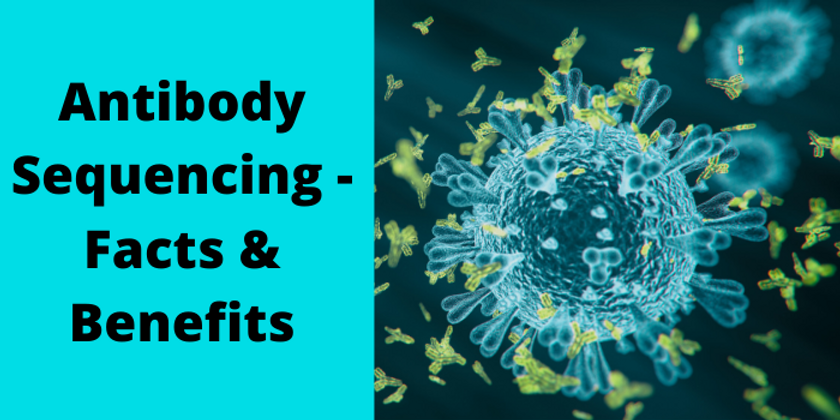Antibody Sequencing - Facts & Benefits
Mar 28th 2022
Animal immune systems' capacity to make antibodies that attach to antigens selectively may be used to make probes for detecting substances of interest in several experiments and analytical functions. No other contemporary method allows researchers to develop and produce molecular recognition tools with excellent specificity.
Antibody technology is used by nearly all medical and cell biology scientists to use Antibody technology to do molecular analysis. The amount to which scientists are concerned with antibody synthesis and purification will vary depending on their research demands. Therefore, let us look into the industrial production of antibodies for uses like research.
Understanding Antibodies
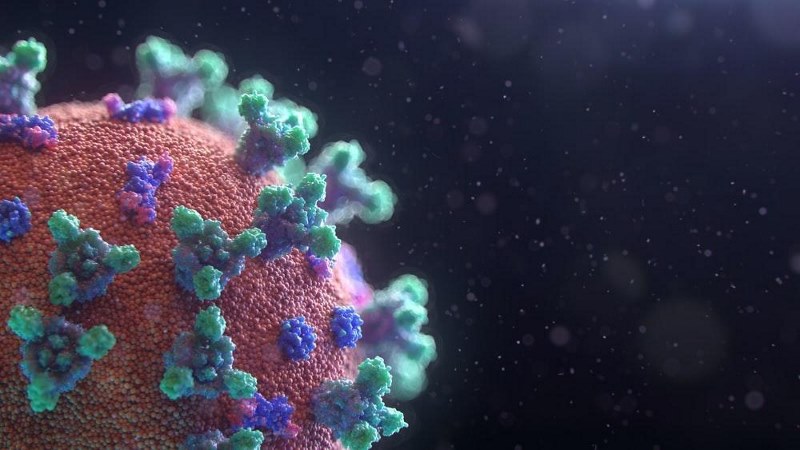
Antibodies are immune system proteins that appear like folded polypeptides or strands of amino acids with pathogen target sequences that recognize a particular antigen's binding site. B-lymphocytes of the body's immune response produce antibodies, which circulate throughout the bloodstream and lymphatic system, attaching to their target antigen and removing it from the bloodstream.
No other contemporary method will enable researchers to develop and produce molecular recognition tools with excellent specificity. Antibodies are particularly well suited to function as probes due to some critical characteristics, including their high specificity.
Custom Antibody Production
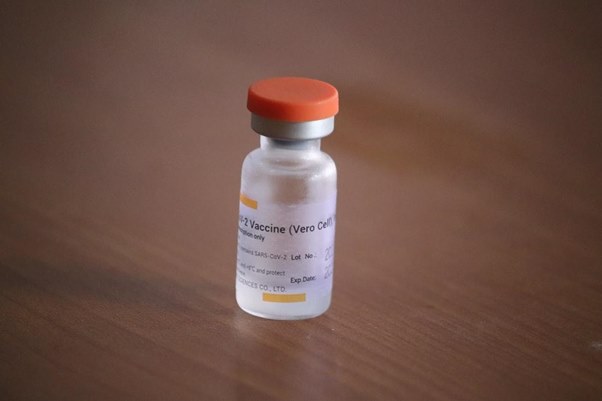
In biotech and biosensor development, the specificity of antibody-antigen recognition has several applications. These applications need extremely pure antibody sources. Antibodies are frequently attached to sensor surfaces to detect antigens or used with tagged detection platforms to detect antigens. Commercially accessible purified antibodies with antigen specificity are available.
Based on how they are produced and extracted, these custom antibodies are classified as polyclonal or monoclonal. Antibodies. Multiple epitopes, or locations on an antigen, can be recognized by polyclonal antibodies. Monoclonal antibodies are connected to a specific B-cell line and remember only one antigen epitope.
The antibodies are made directly by the body but can also be made via custom antibody production. Custom antibody production requires a high purity level, which is achieved using a 4mg immunogen.
Custom polyclonal
Custom polyclonal is an antigen produced from a goat, rat, mouse, and chicken and takes 80 days. Rabbits are preferred in the custom polyclonal production process because they have reliable volumes of supreme and high-affinity antibodies from their antisera. Using rabbits is also cost-effective. Unlike other animals, rabbits produce more antibodies because of their high responses to antigens. On the other hand, rats and mice are highly preferred when processing a small amount of antiserum. Although goats produce many antibodies, they have a lower response rate to antigens.
The 5-step method of producing antibody
- Antigen preparation
- Hybridoma development immunization
- Hybridoma development fusions
- Subcloning
- Monoclonal production & purification
Antigen preparation: While companies' research departments must have a high-quality and pure protein or a peptide, they also can develop and use their synthetic peptide.
Immunization: The selected animals are immunized before being examined to produce antigens.
Fusion: The animal with a reasonable response rate to antigens is selected in the fusion stage. The spleen is then harvested and used to fuse antigen and antibodies.
Subcloning: In this stage, the cell is cloned several times to produce pure secreting antibodies for homogeneity.
Production & purification: The protein production service involves cleansing with other proteins to ensure high-quality antibodies.
Successful custom antibody production service necessitates meticulous preparation and execution of numerous critical procedures and considerations:
- Purify or synthesize the objective protein.
- Select an immunogenic carrier protein.
- To make an immunogen, combine the antigen with the carrier protein.
- Use a suitable timetable and adjuvant mixture to immunize the animals.
- Antibody titer and isotype are determined by screening serum (antibody characterization).
Antibody Purification
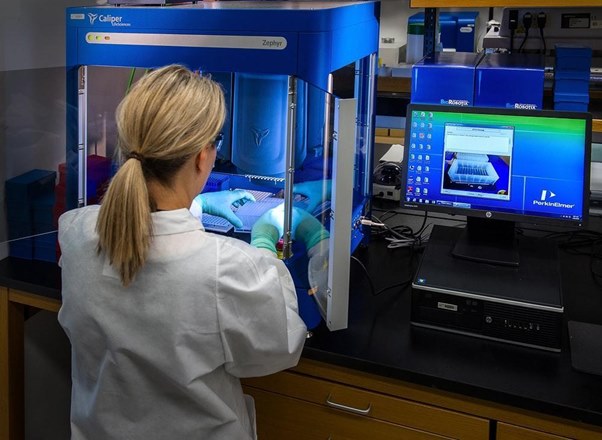
Bioresearch and diagnostic technologies have been transformed by developing and as sensor substrates and cleansing ligands, antibodies are used. Animals immunized with prepared antigens will generate antibodies specific to the antigen. Once purified, the antibodies are now ready to be utilized to detect recombinant protein expressions or the target antigen proteins in Western blot analysis, e coli expression system, plus several more research activities. Protein Expression & Purification services can be classed as follows, ranging from very basic to very specific:
- Separation of the immunoglobulins from a subset of the sample proteins
- Abiotic ligands placed on solid surfaces attach to certain antibody types.
- The antigen-specific affinity cleanses all antigen-binding antibodies, regardless of antibody class or isotype.
Antibody characterization
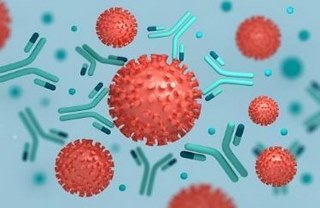
Antibody characterization is crucial after protein expression, especially in biopharmaceutical development and research. Because diverse alterations occur throughout different synthesis phases, all therapeutic proteins synthesized using current methods include gene synthesis in the final product. Because of these heterogeneities, extensive characterization is required for repeatable and safe therapeutic protein synthesis.
Simple Western analysis may determine the binding affinities of monoclonal and polyclonal antibodies necessary for monoclonal antibody sequencing. The relative specificity of the antibody to the protein of interest can be tracked. For clonal antibody screening, nanoliter amounts of material can be employed. The relative specificity of the antibody to the protein of interest can be tracked. For clonal antibody screening, nanoliter amounts of material can be used.
Research studies give researchers the information to choose and continue which solvents plus additional compounds to use in specific applications and how to cleanse the antibody properly.
- Antibody samples with antigen-binding specificity are identified by screening.
- Titering is a technique for determining antibody concentration and the effectiveness of a functional test.
- Isotyping is the process of identifying a monoclonal antibody's class and subclass.
Antibody fragmentation
Antibody fragments are a compact and straightforward construct that has gained popularity in recent years due to the numerous advantages over the usage of complete antibodies. Although entire antibodies are appropriate for most immunoassay procedures, antibody fragments, like Fab, improve the performance of specific techniques (Antigen-binding fragments). Antigen-binding fragments come in various shapes and sizes. Still, they invariably comprise at least some inconsistent sections of both immunoglobulin chains, which to preserve the antibody's site of attachment, CS2 (carbon disulfide) bonds hold them intact.
Based on limited demand for any specific item, primary antibodies are rarely sold commercially as ready-made pieces; hence each lab must rely on itself for its supply of the antibodies.
Labeling and immobilization of antibodies
They can also be changed covalently to meet the needs of a specific study. Many immunological approaches require labeled antibodies, and several chemicals have been developed to enable antibody labeling. Antibody specificity used in affinity cleansing techniques relies on processes for latching or hindering them to the chromatographic medium. The same principles and chemical processes as antibody labeling are used. Establishing the molecular orbitals on an antibody is essential for selecting the optimum strategy for modification, whether it's labeling, crosslinking, or covalent immobilization.
The Science Behind Antibody Sequencing
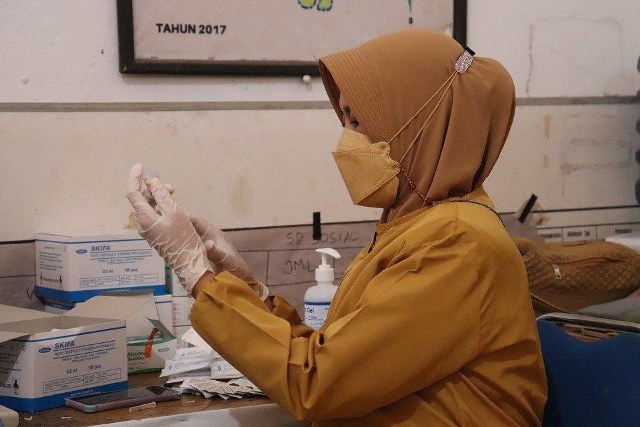
An isolated polypeptide or glutamate is a sequence of amino acids organized linearly. The carboxylate (N) end of a protein's primary structure is constantly influenced by the hydroxyl (C) end. Peptide Synthesis may be sequenced or inferred from its DNA chronology, depending on the method used. In protein sequencing, identifying and studying the fatty acid phylogeny of proteins is called "protein sequencing."
Edman degradation, spectroscopy, and bioinformatics extrapolation from the original DNA or mRNA sequence were used the same way that antibody sequencing services do. When representing the amino acid order in a secondary structure from the amino-terminal to the carboxyl-terminal end, letters are commonly used. Depending on how many letters are in the code. There could be a code for each cytosine with one to three letters.
It is known that there are twenty different amino acids present in nature. Glutamic acid, amoxicillin, and asparagine are amino acids (Glu, C, Arg, R). Asparagine is an essential fatty acid found in (Asp, R) (Asn, N).
Glutamic acid, amoxicillin, and asparagine are amino acids (Glu, C, Arg, R). Asparagine is a crucial fatty acid found in (Asp, R) (Asn, N).
Protein Sequencing techniques
The amino acid sequences of proteins may be determined using two well-established procedures. Because of its simplicity, mass spectrometry has been a regularly used approach in recent years. The second strategy, Edman degradation using a polypeptide sequenator, is compelling when the protein's N-terminus has to be defined.
Mass Spectrometry
An increasingly popular proteomic technique uses bulk spectroscopy to decode proteins, which has become generally recognized. Thin-layer chromatography can separate peptides when enzymes and other chemicals break down proteins. Afterward, each fraction, which has ten different peptides, is checked by an automated multi-analyzer machine that uses collision-activated dissociation. The study results on soluble polypeptides made by glucan Bromo and protease preparation of low-density lipoprotein B and the interpretation of the latency dissociation mass spectra are straightforward to find.
Edman Degradation
Edman degradation is a process for purifying proteins that involves removing one molecule of the carboxyl end of the protein chain. Pehr Edman developed a unique method of flagging and splicing the polypeptide to address the difficulty of hydrolyzing conditions that were detrimental to the protein's functionality. Edman devised a technique for removing just one residue from a sequence while keeping the rest of the series intact. A phenylthiocarbamoyl derivative was synthesized by reacting Hydroxy compound with the N-terminal of another phenylthiocarbamoyl derivative. Under less severe acidic circumstances, the N-terminal is cleaved, resulting in the formation of a circular polymer of phenylthiohydantoin Glp-1 acid.
Single-molecule Protein Sequencing
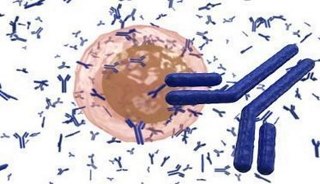
One of the most recent speculative protein sequencing technologies has been developed using a TIRF chamber to fix peptides after covalently labeling them with fluorochromes for amino acids. Through the use of TIRF, each peptide is imaged. Edman degradation also releases the N-amino acid with chemicals, culminating in another shortened polypeptide with a rejuvenated free N terminal.
The locations of fluorescent dyes inside each molecule are disclosed by a series of chemical reactions performed in sequence. According to the results obtained for around 3 million biomolecules in the 6.5 mm2 sections of the coverslip, vast quantities of a given polypeptide may be examined concurrently at appropriate attachment densities.
It is possible to get additional images with high accuracy of up to 19 nanometers in the future. Single-molecule localization microscopy uses the center position of a single-image molecule that has been determined with more accuracy than the picture's size to determine the location of other molecules. The achievement of the same degree of precision in the orthogonal (3rd) plane of existence, on the other hand, continues to be a difficulty.
When you use a TIRF microscope, you can use a photometric method to figure out the axial position of individual molecules. It can be used with this double liner effort to make three-dimensional pictures look better with nanometric precision that is almost the same in all directions.
SIMPLER may be used in almost any experiment requiring a regular TIRF SMLM microscope right away. A new era of study into the development and dynamics of intracellular features and protein-protein interplay has begun due to the affordability of 3-dimensional fluorophore nanoscopy to a wide range of users.
Importance of custom antibody production
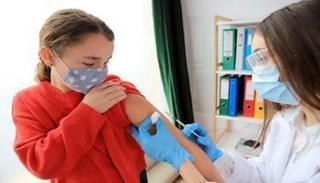
Production of custom antibodies is essential when dealing with a rare antigen. The produced hybridoma sequencing can be preserved for future use. Therefore, the production of custom antibodies can save much time in the future when some components are already stored.
Selecting the right:
- Production number: firstly, researchers chose suitable species to produce more antibodies that resemble a human being. Researchers take a diverse sample of antigens based on the anticipated quantity of antibodies.
- Production animals: rats, mice, and goats are the most preferred because their antibody isotypes resemble that of a human being. When selecting an animal, the researchers should focus on its age and health condition. In general, young animals should be avoided because their immune systems aren't strong enough, and older animals may not get the best results.
- Pre-clinic and clinic trials: trials are vital for ensuring the effectiveness of antibody protein sequencing in countering antigens. Pre-trials help medical practitioners identify an antibody's possible reactions to human beings.
Antibodies varieties
Different antibodies take different periods to be completed and delivered. For instance, polyclonal antibodies take 7-12 weeks based on the sequence of the antigen used. The protein is analyzed using an algorithmic method to establish the proper structure.
When a research team orders monoclonal antibodies, the delivery time can take between 3 and 5 months. The algorithm can also identify the right combination based on the target amount in this process. The protein antigen and peptide can be combined to produce a monoclonal antibody.
In Summary
One option accessible to pharma businesses is to acquire a technology vendor. Outsourcing antibodies may be profitable, especially if a biomedical firm prefers to buy in-compounds later in the development process instead of directly challenging an unknown result. Outsourcing, on the other hand, is not without its drawbacks. Outsourcing management can grow so complicated that it negates additional cost savings, while disbanding internal R&D teams might erode a company's expertise base. As a result, it's critical to think about how to pick the ideal spouse.

